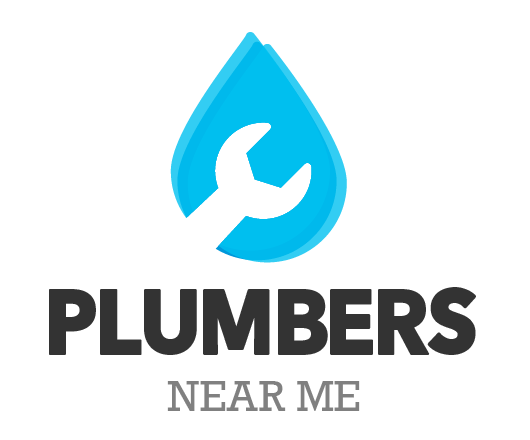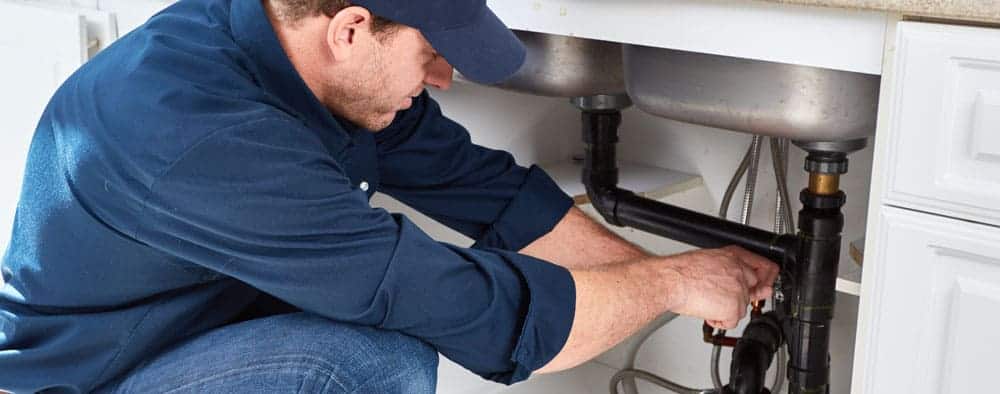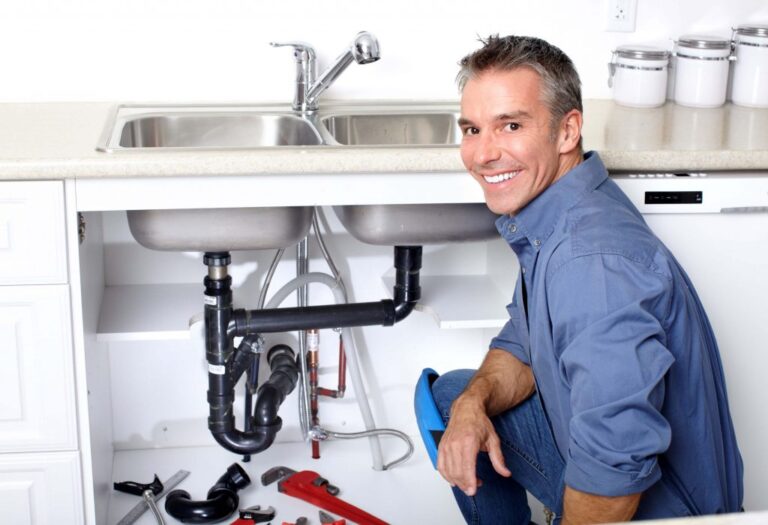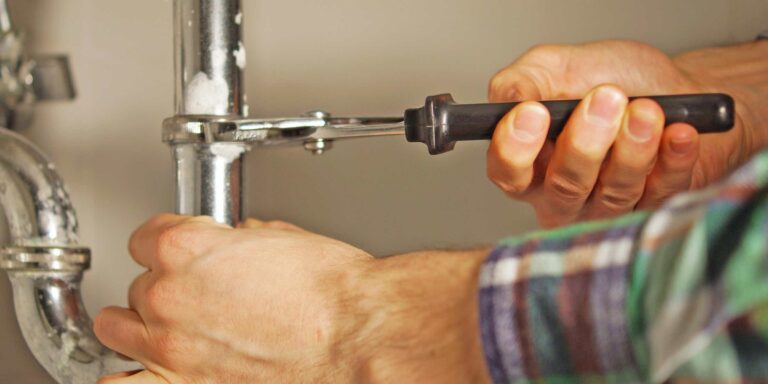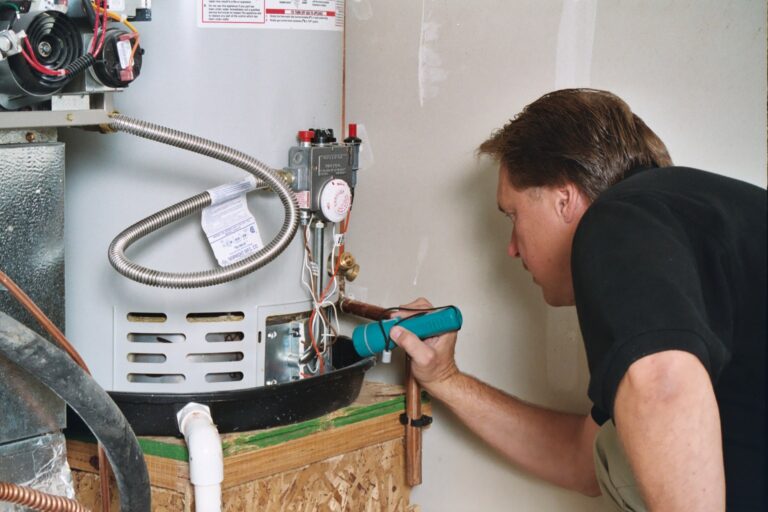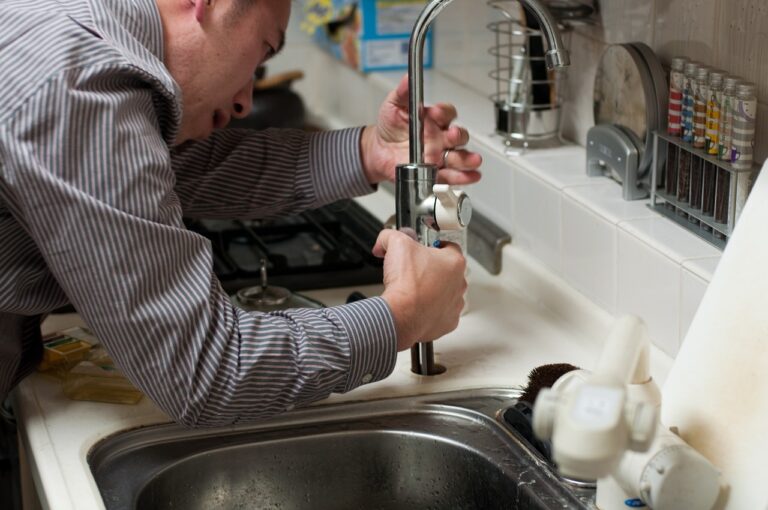How to vent bathroom plumbing
If your bathroom sink, tub or shower isn’t draining properly, you may need to vent the plumbing. Venting means installing a pipe that allows air to enter the drainage system. This provides a way for the water to flow out of the fixtures and prevents a vacuum from forming in the pipes. Venting also prevents sewer gases from entering your home through the drains. There are two types of vents: stack vents and trap vents. A stack vent is a vertical pipe that goes through the roof. A trap vent is a horizontal pipe that ties into the drain near the fixture. In most cases, you’ll need to install both types of vents. To vent the bathroom plumbing, start by turning off the water to the fixtures. Then, open the drain to relieve any pressure in the line. Next, use a drill to make a hole through the roof for the stack vent. Finally, install the trap vent and turn the water back on.
How to Vent Bathroom Plumbing
If your bathroom sink, toilet, or tub drains slowly or doesn’t drain at all, you may have a clog. Clearing bathroom plumbing vents is a straightforward process that anyone can do with a few tools. Slow-draining or clogged bathroom sinks are usually caused by a buildup of hair, soap scum, and grime in the trap or drainpipe. To clear the clog, simply remove the stopper or pop-up assembly from the drain and use a plunger to force the material down the drain. You may need to repeat this process a few times to completely clear the drain. If plunging doesn’t clear the drain, you may need to use a small Plumber’s snake, or drain auger, to break up the clog. Feed the snake into the drain until you feel resistance, then turn the crank handle to rotate the snake and break up the blockage.
The Benefits of Venting Bathroom Plumbing
Venting your bathroom plumbing is a great way to prevent problems with your drain and sewer lines. By venting the sewer gases and odors out of your home, you can keep your family healthy and your home smelling fresh. Here are some of the benefits of venting your bathroom plumbing:
1. Prevents clogs: When sewer gases build up in your drains, they can cause clogs. Venting the gases out of your home will prevent this from happening.
2. Keeps your family healthy: Sewer gases can be dangerous to your health. Venting them out of your home will protect your family from exposure to these dangerous gases.
3. Prevents odors: Venting your bathroom plumbing will also prevent odors from building up in your home. Sewer gases can be very smelly, so keeping them out of your home will make it smell fresher.
4. Protects your home: Venting your bathroom plumbing can also help to protect your home from damage. If sewer gases build up in your home, they can cause corrosion and other damage to your pipes and fixtures. Venting them out of your home will help to prevent this damage.
5. Improves your home’s value: A well-vented bathroom will be more valuable than one that doesn’t have proper ventilation. If you’re thinking about selling your home, venting your bathroom plumbing will help to increase its value.
Properly Venting Your Bathroom Plumbing
If your bathroom plumbing isn’t properly ventilated, it can lead to a number of problems, from bad smells to higher utility bills. Here are some tips on proper ventilation for your bathroom plumbing. One of the most important things to do when venting your bathroom plumbing is to make sure that the exhaust fan is vented to the outside, not just to the attic or another room in the house. This will help to keep odors from seeping into the rest of the house and will also help to prevent moisture damage to the home. Another tip is to use a air admittance valve when venting the bathroom plumbing. This type of valve allows air to enter the drainage system without having to go through the roof or another part of the house, which can save energy and money. Finally, be sure to have the vents cleaned regularly to prevent build up of debris and odors.
How to Avoid Common Venting Mistakes in Bathroom Plumbing
Are you guilty of making any of these common venting mistakes in your bathroom plumbing?
1. Not Venting the Shower One of the most common venting mistakes is not venting the shower. Every time you take a shower, all of the water that goes down the drain needs to be vented out of the house so that it doesn’t cause problems with your sewer line. If you don’t have a vent for your shower, the water will build up and eventually cause a clog.
2. Not Venting the Toilet Another common mistake is not venting the toilet. Just like the shower, every time you flush the toilet, all of the water needs to be vented out of the house. If you don’t have a vent for your toilet, the water will build up and eventually cause a clog.
3. Venting Into the Attic One of the worst things you can do is vent your bathroom plumbing into the attic. This is a huge mistake because the moisture from the bathroom plumbing can cause all sorts of problems in the attic, including mold and mildew.
4. Not Using the Correct Size Vent Pipe One of the most common mistakes is using the wrong size vent pipe. The vent pipe needs to be the same size as the drain pipe in order to work properly. If you use a smaller pipe, it won’t be able to handle all of the water and will eventually lead to a clog.
5. Not Vented at All The last mistake we’ll discuss is not having any venting at all. This is a huge problem because all of the water from your bathroom plumbing will eventually back up into your house and cause all sorts of problems. Avoiding these common venting mistakes will save you a lot of headaches down the road. Make sure you vent your bathroom plumbing correctly and you’ll be fine.
The Importance of regular maintenance for venting bathroom plumbing
If you have a bathroom in your home, it is important to make sure that the venting for the plumbing is maintained on a regular basis. This type of maintenance will ensure that your bathroom stays free from odors and can also help to prevent clogs in the plumbing.
How to effectively use a bathroom vent to clear plumbing odors
Assuming you want an article about how to clear plumbing odors with a bathroom vent: Have you ever noticed an unpleasant smell coming from your bathroom sink or drains? This is usually caused by a build-up of bacteria and other materials that can create an odor. While there are many products on the market that claim to eliminate these odors, one of the most effective and cheapest ways to do this is to use your bathroom vent. Here’s how to do it: First, locate the source of the odor. This is usually the drain in your sink or tub. You may need to remove the drain cover to do this. Once you’ve located the source of the odor, turn on your bathroom vent. The fan will help to circulate the air and remove the odor-causing bacteria. You can also pour a cup of white vinegar down the drain and let it sit for a few minutes. The vinegar will help to break down the build-up of material that is causing the odor. After a few minutes, flush the drain with hot water to remove the vinegar and any remaining odor-causing material. You should notice a significant difference in the smell of your bathroom after using this method.
